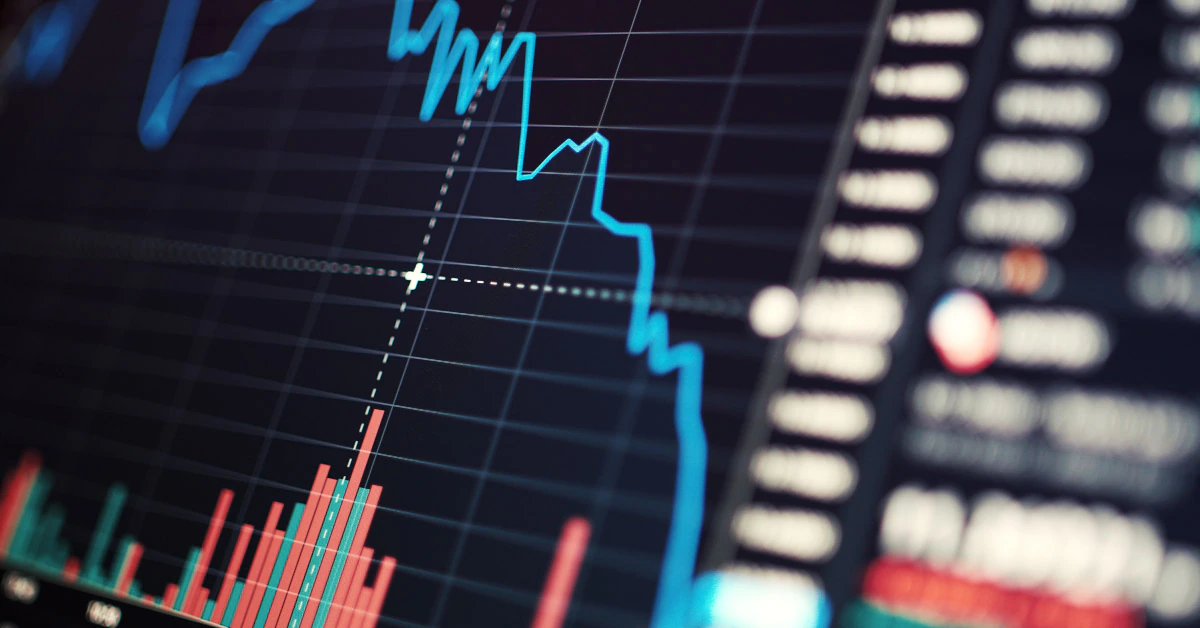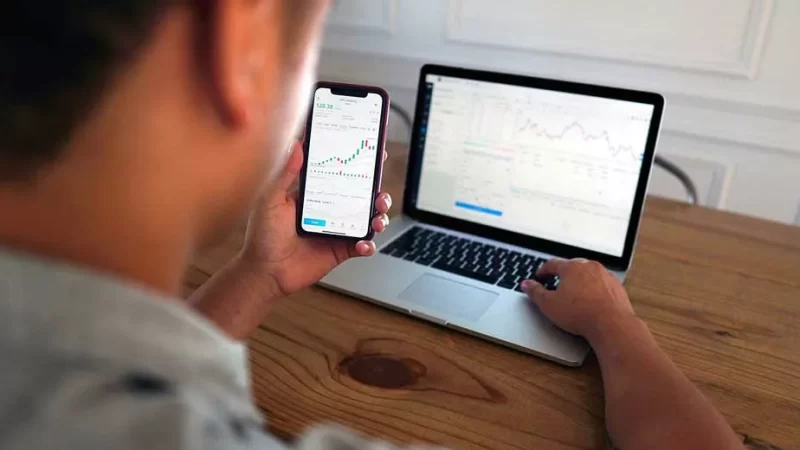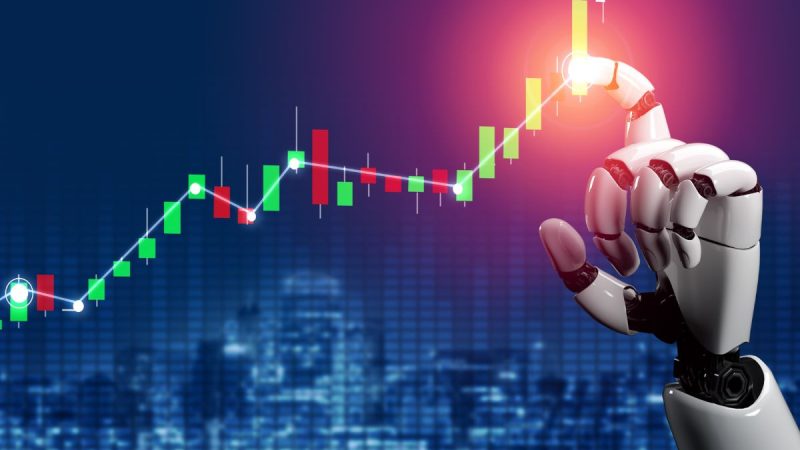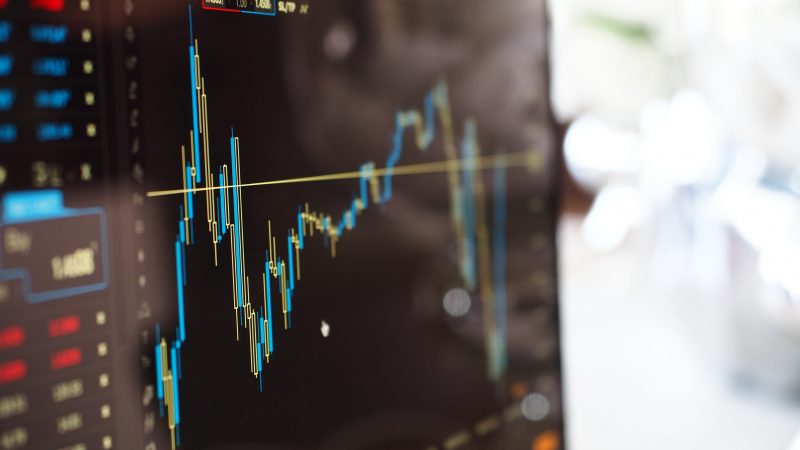How to trade futures in a bear market

Trading futures in a bear market can be a challenging endeavour. It takes excellent knowledge and expertise to navigate the choppy waters of such an uncertain market. Even experienced traders can be caught off guard when trading in a bear market. This article aims to provide an overview of how to trade futures in a bear market, highlighting best practices for managing risk, understanding the mechanics of trading, and using technical analysis as part of your strategy. By providing step-by-step guidance on what it takes to effectively trade futures in a bear market, traders will have the necessary tools to make successful trades.
Understand what a bear market is
A bear market is a period of declining stock prices that lasts multiple months. The term “bear” comes from investors who expect the markets to fall, and they behave accordingly by selling their investments. It often creates a feedback loop wherein more people start selling because stock prices are falling, pushing them even lower. It can be challenging to make money in traditional investments during this time due to the overall drop in stock prices. However, you can make money through futures trading during a bear market if you employ the right strategies.
Manage risk
Risk management is the key to success when trading futures in a bear market. It’s essential to avoid getting caught up in the hype and stick to your trading plan. Before entering any trade, be sure to consider all of the risks associated with it. Ensure you’ve researched the underlying asset and understand how market conditions can affect its performance. Additionally, ensure you have an exit strategy if things start to go south, so you don’t lose more than necessary.
Understand the mechanics of trading
A solid understanding of how futures markets operate is vital for successful trading in a bear market. Futures contracts are agreements between two parties to buy or sell an asset at a predetermined price in the future. When trading these contracts, key factors include the expiration date, margin requirements and risk management tools. As with any other financial instrument, you must research and understand how futures trading works to make informed decisions when placing trades.
Use technical analysis
Technical analysis is essential for successful trading in a bear market. Technicals are chart patterns formed by price movements that can be used to predict future price action. By monitoring these technicals on charts, traders can identify potential buying and selling opportunities before they occur. Additionally, by combining technical analysis with fundamental analysis of the underlying asset, traders can gain insight into the direction of the markets and make more informed decisions.
Monitor the market
Monitoring the market is vital to effective futures trading in a bear market. Staying on top of macroeconomic and microeconomic news and other factors that could affect the markets is crucial. Paying close attention to changes in inventory levels, political events, economic indicators, and other relevant news will help you make intelligent trades when entering or exiting positions. Additionally, monitoring other traders’ activity can provide valuable insight into how they react to current market conditions and help you make better trading decisions.
Risks of trading futures in a bear market
Despite the potential for profit in futures trading during a bear market, it’s essential to be aware of the risks associated with this type of investment. Due to the unpredictability of markets and their performance during a bear market, traders must be prepared to accept losses as part of their strategy.
Volatility
Volatility is a crucial risk when trading futures in a bear market. Markets can experience rapid, unpredictable price changes, leading to losses if proper hedging techniques are not applied. Additionally, an investor’s strategy should always be based on sound fundamentals and technical analysis to minimise the risks associated with volatility.
Leverage
Leverage is another critical risk when trading futures in a bear market. Using leverage, traders can amplify potential gains and losses from their trades. While this can be beneficial if the trade goes in your favour, it can also lead to significant losses if the underlying asset moves against you.


